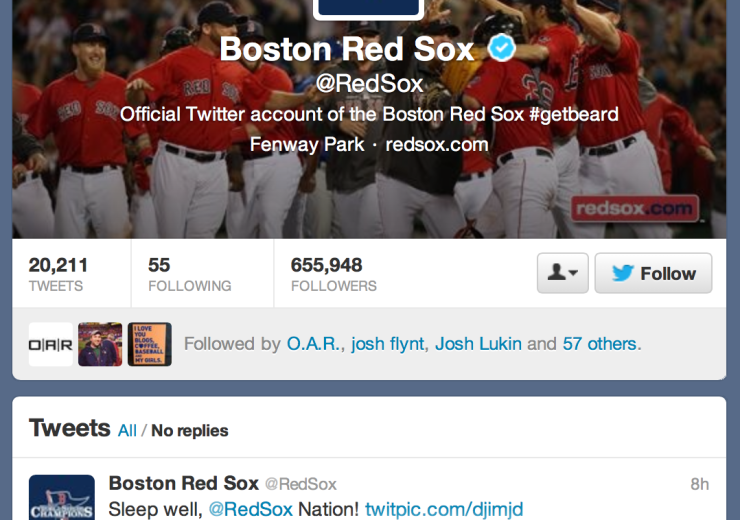 Pew Research recently came out with their Social Media Update for 2013. Research is wonderful, but what’s more important are the takeaways and stories you can piece together from it all.
Pew Research recently came out with their Social Media Update for 2013. Research is wonderful, but what’s more important are the takeaways and stories you can piece together from it all.
I’ve spent some time with Pew’s latest numbers and thought I would share my four biggest takeaways. There is nothing groundbreaking here, but I thought the reminders are still worth sharing.
Please Note: They sampled 1,801 US adults, age 18 and older.
No. 1- Facebook is still king.
71% of online adults are now Facebook users (Pew).
Despite all the recent chatter about Facebook, statistics like this show over and over again that Facebook is still king. While I do agree that younger demographics are also engaging on other platforms (and probably more), we can’t ignore these statistics.
We also need to keep in mind that not everyone is experiencing the same Facebook fatigue as we (social media managers) are. It’s still important to cater to the platform and think about paying to play for bigger reach.
